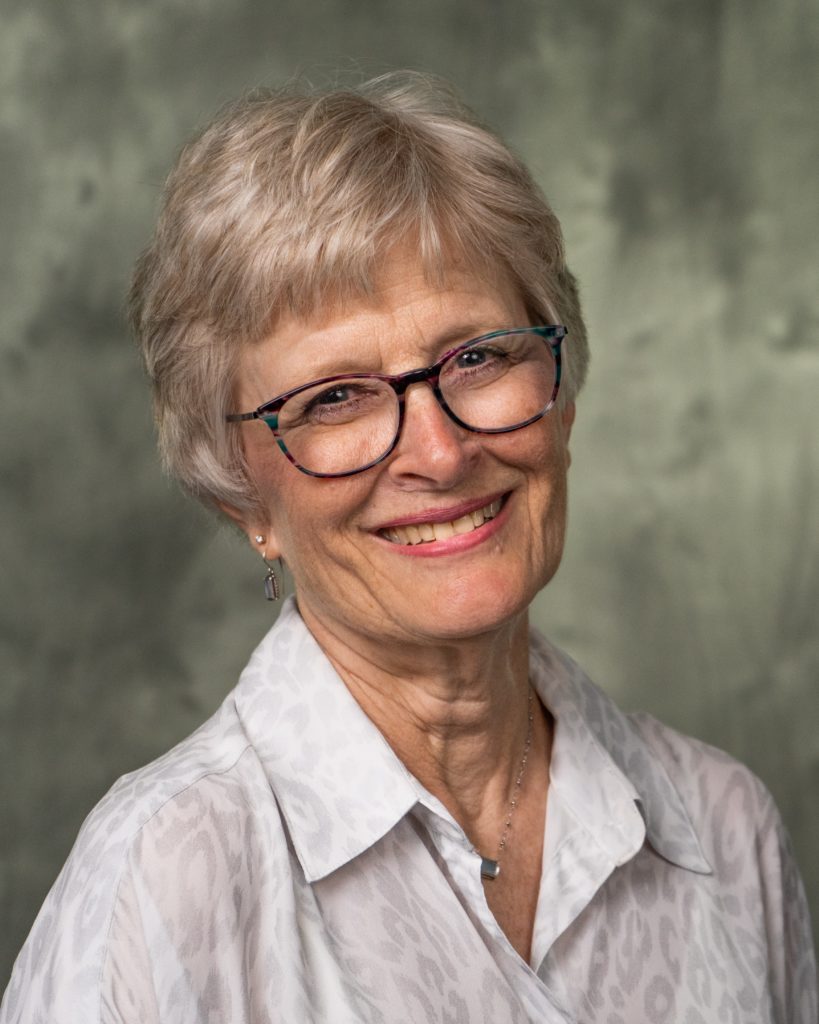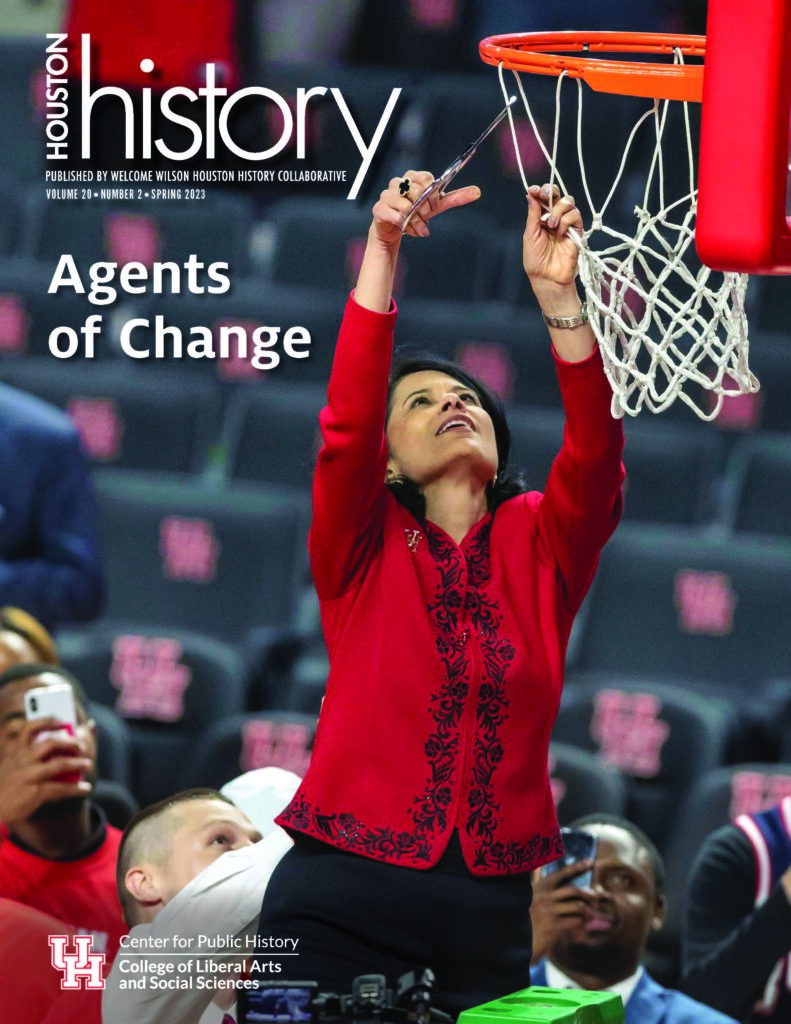Letter from the Editor: Becoming Agents of Change
When I think about change, my thoughts turn to Michael Jackson’s song “Man in the Mirror.” If you are not familiar with the lyrics, Jackson talks about wanting to make a difference, to make things right, battling issues like hunger, racism, and war. Ultimately, he issues a challenge to himself and to us to be the change we want to see in the world:
“I’m starting with the man in the mirror
I’m asking him to change his ways
And no message could’ve been any clearer
If you wanna make the world a better place
Take a look at yourself and then make a change”
As Center for Public History students selected items for an exhibit featuring the 100 Years of Stories: Documenting a Century at the University of Houston project, one theme emerged throughout the stories: students, alumni, faculty, staff, and administrators historically took it upon themselves to make the innovative changes they wanted to see – they became the agents of change.
Almost 100 years ago, a group of students graduating from high school told Houston Independent School District (HISD) superintendent E. E. Oberholtzer that they needed to go to college and asked for his help. Houston was on its way to doubling in size and adding four new high schools (two black and two white) between 1920 and 1930, but the city’s only higher education option was the exclusive Rice Institute, which did not fit most students’ work schedules or their academic credentials. Oberholtzer agreed with the students, and HISD quickly established two junior colleges that became the forerunners of the University of Houston (UH) and Texas Southern University. As Houston grew, students and community members continued to demand more of the university, and it delivered.
This issue highlights several individuals and programs that led the way in making the world a better place. For example, Burdette Keeland, a UH College of Architecture graduate and professor, taught for over forty years training young architects. He modernized home and building designs still seen in Houston and served on the City of Houston Planning Commission for over thirty years. Although Houstonians continued to resist zoning and a comprehensive design plan, Keeland’s ideas for things like an ordinance requiring developers to plant trees and build sidewalks made Houston more livable.
In the 1960s, public art was an emerging trend to make art more accessible, and UH led the way in Texas. The UH Board of Regents designated a percentage of new construction funds to acquire and commission public art. When the program celebrated its fiftieth anniversary, President Khator emphasized the importance of the arts and art education “for their inherent power to find a community’s passion and sustain its cultural identity.”
Three Cougars passed the torch to create opportunities for women in the military. It began with alumnus and then Brigadier General Barrye Price who served as the Army’s point person to Congress in 2011 in overturning the Direct Ground Combat Exclusion Rule, which led to opening all military occupational specialties for women in all branches of military service. LTC Melissa Comiskey helped implement the change in 2016 as part of the first group to integrate female infantry and armor officers, followed by working to change the culture to one of acceptance. Recently, 2LT Katelyn Kubosh became the first female graduate from UH Army ROTC to enter infantry training as a second lieutenant.
Administrators also played key roles in making innovative changes that moved UH up the ladder academically. This has culminated with the efforts of current UH System Chancellor and UH President Renu Khator who joined the university in 2008. Her vision for change was ambitious, and under her leadership, UH rapidly reached Tier One status as a research university in 2011, garnered a Phi Beta Kappa chapter in 2016, reached its goal of raising a billion dollars eighteen months ahead of schedule in 2019, and joined the Big 12 athletic conference this year. President Khator also set a goal to establish a medical school at UH, and that dream became a reality when the Tilman J. Fertitta Family College of Medicine accepted its inaugural class in 2020. The college is dedicated to alleviating the shortage of primary care physicians and the lack of diverse medical professionals who can provide culturally competent care.
An institution that resulted from a small group of high school kids asking for a chance to go to college is now a highly rated research university with students, faculty, staff, administrators, and hundreds of thousands of alumni who have become agents of change as leaders in the arts, science, business, education, and the professions. Several of these stories have appeared in Houston History magazine for 100 Years of Stories, a three-year collaborative project funded by Carey C. Shuart. Ten stories were featured in Houston Public Media’s 100 Years of Houston video, television, and radio spots. And, coming this fall, images, documents, and items celebrating those stories will be part of an exhibit in the MD Anderson Library at the University of Houston as we celebrate those who have answered the call in history to – as Jackson’s song implores us to do – “make that change.”



 Follow
Follow